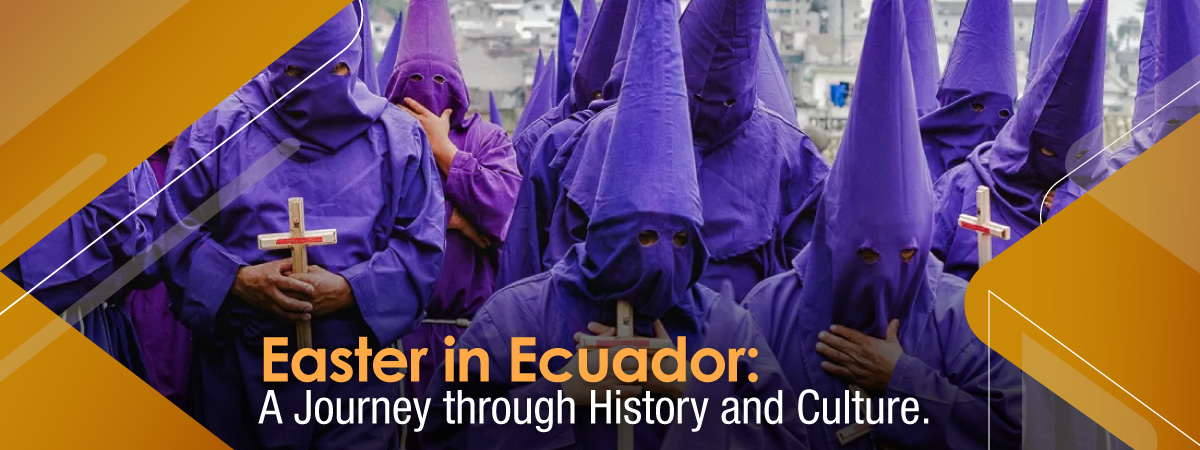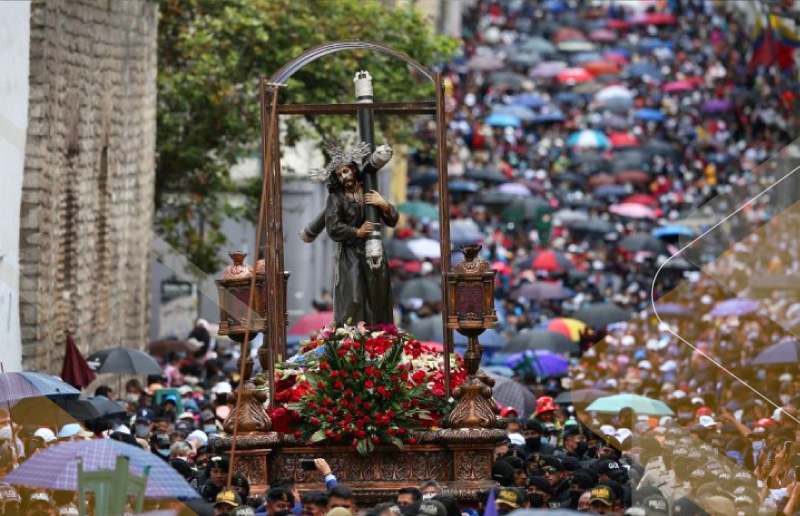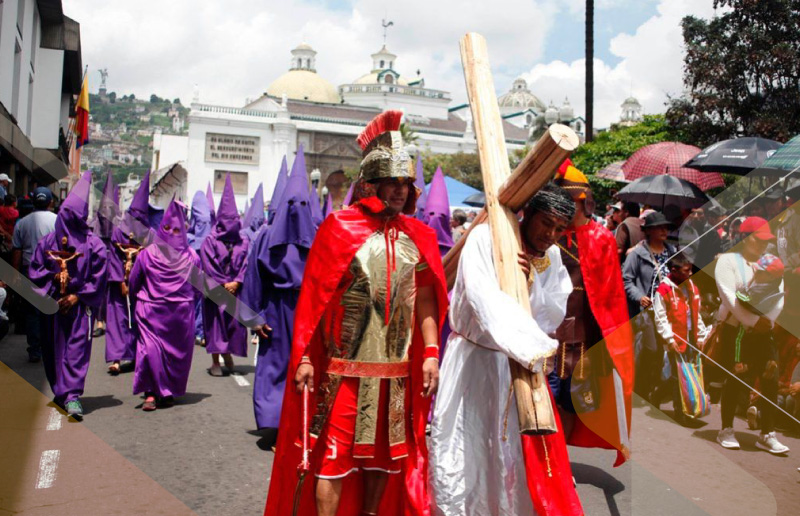
Easter in Ecuador: A Journey through History and Culture
Easter in Ecuador is a fascinating and unique experience that combines religious and cultural traditions with beautiful natural scenery and delicious food. Let’s dive a little deeper into the history and significance of Easter in Ecuador, as well as some of the specific traditions and celebrations that take place.
History and Significance of Easter in Ecuador:
Easter, or Semana Santa in Spanish, has been celebrated in Ecuador since the arrival of the Spanish conquistadors in the 16th century. The Spanish introduced Christianity to the indigenous people of Ecuador, and Easter became an important religious holiday in the country. Over time, the indigenous people of Ecuador adopted Catholicism, blending it with their own cultural beliefs and traditions to create a unique expression of faith.
Easter is a time for reflection and renewal, both spiritually and culturally. For Christians, it marks the resurrection of Jesus Christ from the dead, symbolizing new life and hope. This message of rebirth and renewal is reflected in many of the traditions and celebrations surrounding Easter in Ecuador.
Nowadays, Semana Santa is a time for celebration, as well as an opportunity for families and communities to come together. The week leading up to Easter Sunday is filled with religious ceremonies, processions, and other cultural events.



Traditions and Celebrations:
For many Ecuadorians, Easter is also a time to reconnect with their indigenous roots and to celebrate their cultural heritage. Through traditional food, music, dance, and other customs, Easter represents a time of unity, respect, and appreciation for the diversity and richness of Ecuadorian culture.
One of the most impressive traditions of Semana Santa in Ecuador is the procession of religious sculptures and images through the streets. These sculptures, many of which are hundreds of years old, are carried on elaborate floats or by groups of devotees. A significant aspect of Easter in Ecuador is the devotion to the Passion of Christ. Many communities in Ecuador reenact the Stations of the Cross, or the Via Crucis, which depict Jesus’ journey to his crucifixion. This is often done through street processions, with participants carrying crosses and wearing traditional clothing.
The processions are accompanied by music, including traditional Andean instruments such as the pan flute and charango, and often feature colorful decorations made from flowers and sawdust.
In many towns and cities in Ecuador, there is also a tradition of making “carpets” on the streets during Semana Santa. These carpets are made from colored sawdust, flowers, and other materials, and are laid out in intricate patterns. The carpets often tell a story or represent religious themes.
Another important tradition during Semana Santa is the preparation and sharing of traditional foods. One of the most famous dishes is fanesca, a rich and hearty soup made from a variety of beans, grains, and vegetables. Other traditional dishes include empanadas, a type of savory pastry filled with cheese, and arroz con leche, a sweet rice pudding.
Easter in Ecuador is a truly unique and unforgettable experience. From the religious processions and cultural traditions to the delicious food, there is much to see and do during Semana Santa. If you’re looking for a travel experience that is both enriching and inspiring, consider making Ecuador your next destination.
Read also:
